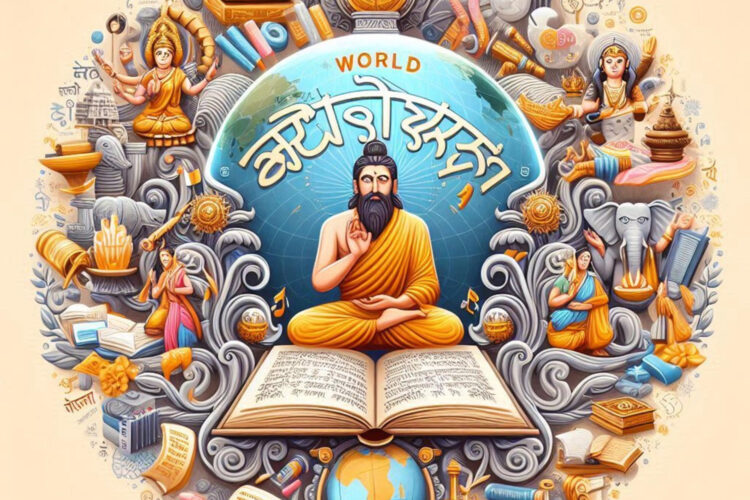
Language
thoughtwritten
10:13 am - October 17, 2023
Introduction
India is a land of diverse cultures, traditions, and languages, with a linguistic heritage as rich and varied as its history. The story of languages in India is a captivating journey through millennia, marked by the fusion of ancient tongues, the emergence of classical languages, and the resilience of regional dialects. In this blog, we will delve into the fascinating history of languages in India, exploring their origins, evolution, and enduring significance.
The Roots of Indian Languages
The history of Indian languages can be traced back to the ancient Indus Valley Civilization, which existed over 4,000 years ago. While the script of this civilization remains undeciphered, it is believed to be a precursor to the Brahmi script, which gave birth to many Indian scripts, including Devanagari (used for Sanskrit and Hindi), Tamil script, and the scripts for Bengali, Kannada, Telugu, and many more.
Sanskrit: The Mother of Indian Languages
Sanskrit, often referred to as the mother of Indian languages, has an illustrious history dating back to around 1500 BCE. It served as the language of ancient religious texts like the Vedas and Upanishads, as well as classical literature, philosophy, and science. While Sanskrit’s everyday use declined over the centuries, its influence on other Indian languages is profound, shaping their grammar, vocabulary, and script.
The Emergence of Classical Languages
In India, several languages have achieved classical status due to their rich literary heritage and cultural significance. These classical languages include Sanskrit, Tamil, Kannada, Telugu, and Malayalam. Each of these languages has a unique script, and their literary treasures continue to be celebrated and preserved.
Language Diversity: A Regional Mosaic
India’s linguistic diversity is a testament to its rich cultural tapestry. It is home to more than 1,600 languages, classified into several language families, including Indo-Aryan, Dravidian, Austroasiatic, and Tibeto-Burman. Hindi, Bengali, Telugu, Marathi, and Tamil are some of the most widely spoken languages, each with its own unique history and regional variations.
Influence of Cultural Exchanges
India’s history is marked by interactions with various cultures and civilizations, leading to linguistic exchanges. Persian, for example, significantly influenced the vocabulary of several Indian languages during the Mughal era, resulting in languages like Urdu. The impact of Portuguese, Dutch, and British colonialism also left linguistic imprints on Indian languages.
The Modern Linguistic Landscape
Today, India is a linguistic mosaic where multiple languages coexist and thrive. Hindi, in its various forms, is the most widely spoken language, while English serves as a lingua franca for business, education, and administration. The Indian government recognizes 22 official languages, each with its own script and cultural significance.
Preserving Linguistic Heritage
Efforts to preserve and revitalize endangered languages are underway. Organizations and linguists are working to document, promote, and revive lesser-known languages and dialects, recognizing the importance of linguistic diversity in preserving India’s cultural heritage.
Conclusion
The history of languages in India is a testament to the nation’s rich and complex identity. It reflects the confluence of ancient civilizations, the influence of various cultures, and the resilience of regional tongues. India’s linguistic diversity is a source of pride, uniting people across the country in a celebration of their unique heritage. As India continues to evolve in the modern world, its languages remain a vibrant and integral part of its identity, connecting its people to their roots while embracing the possibilities of the future.



0 Comments